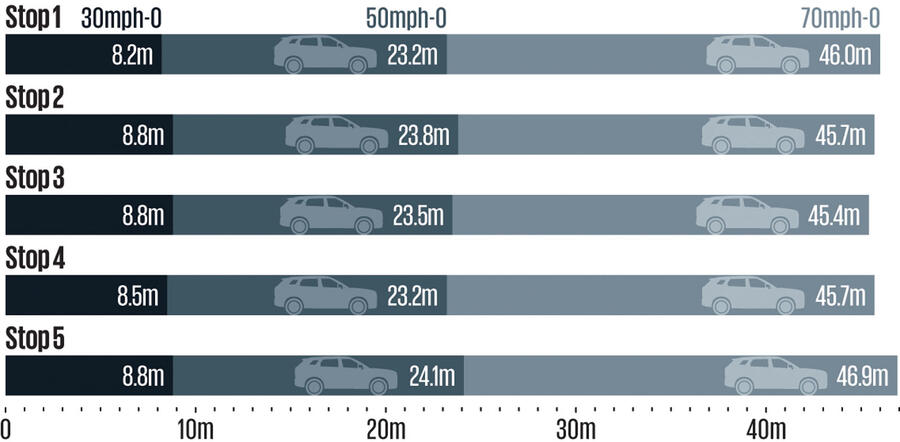The Jaecoo 7 extends the number of Chinese-built and -branded, budget-priced, plug-in hybrid, family-sized SUVs competing for attention in the UK to three.
That may not sound like the most extensive selection. In fact, it’s barely worth coining a collective noun for (though feel free, if you’re so inclined). And yet, when you look at what most European brands offer with cars like this in comparison and how much they expect to charge, you realise in an instant how serious these Asian brands are about making significant inroads into UK market share – and how well-placed, on the face of things, they seem to be to make them.
The 7, then, is here to lock horns with the at least fairly well-established MG HS PHEV and the slightly less well-known but well-backed BYD Seal U DM-i (meanwhile the Leapmotor C10 REEV will arrive in the UK very soon, to turn this competitive Chinese trio into a quartet). It’s out to earn the favour of private and fleet buyers alike, who see no reason why they shouldn’t be able to get a family-sized, plug-in hybrid car for the sort of money that certainly wouldn’t buy them such a vehicle in very many other showrooms.
This car will be available as a conventional petrol-powered option as well, for less outlay still. However, it’s the PHEV version that the company behind it – Chinese manufacturing giant Chery, which also owns and operates the Omoda brand – expects to account for the greater part of the sales mix.


























































 The Jaecoo 7 is a fairly practical and well-packaged mid-sized family SUV, except in one particular area.
The Jaecoo 7 is a fairly practical and well-packaged mid-sized family SUV, except in one particular area.










